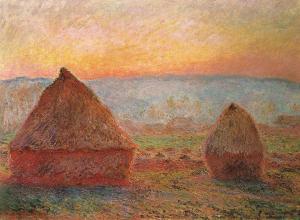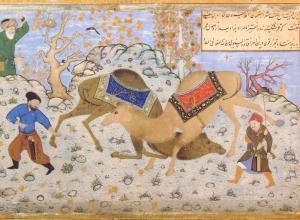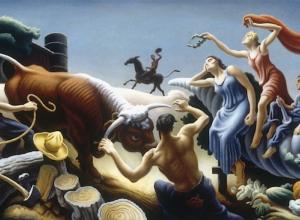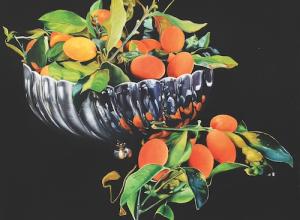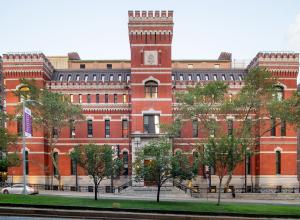On view for the first time in the United States, Inspiration in Ink presents around 50 works that comprise themes such as landscapes, animals, and flowers. The exhibition also includes a reconstruction of a traditional Beijing hutong—the narrow streets typical of the Chinese capital—and its sounds.
Visitors can therefore immerse themselves in an environment that allows them to experience life in Beijing at the end of the 20th century. Walking through a hutong surrounded by the sounds of traffic, street vendors, and Beijing opera is an additional, more comprehensive lens through which visitors can view and appreciate Qi’s art and style.
Qi Baishi was born in 1864 in Xiangtan, a city in the southern province of Hunan, to a humble family. Although he initially trained as a carpenter, Qi learned how to paint in his free time by reproducing the images of flowers and animals found in Manual of the Mustard Seed Garden, a book on Chinese painting created during the Qing dynasty (1644-1911).










